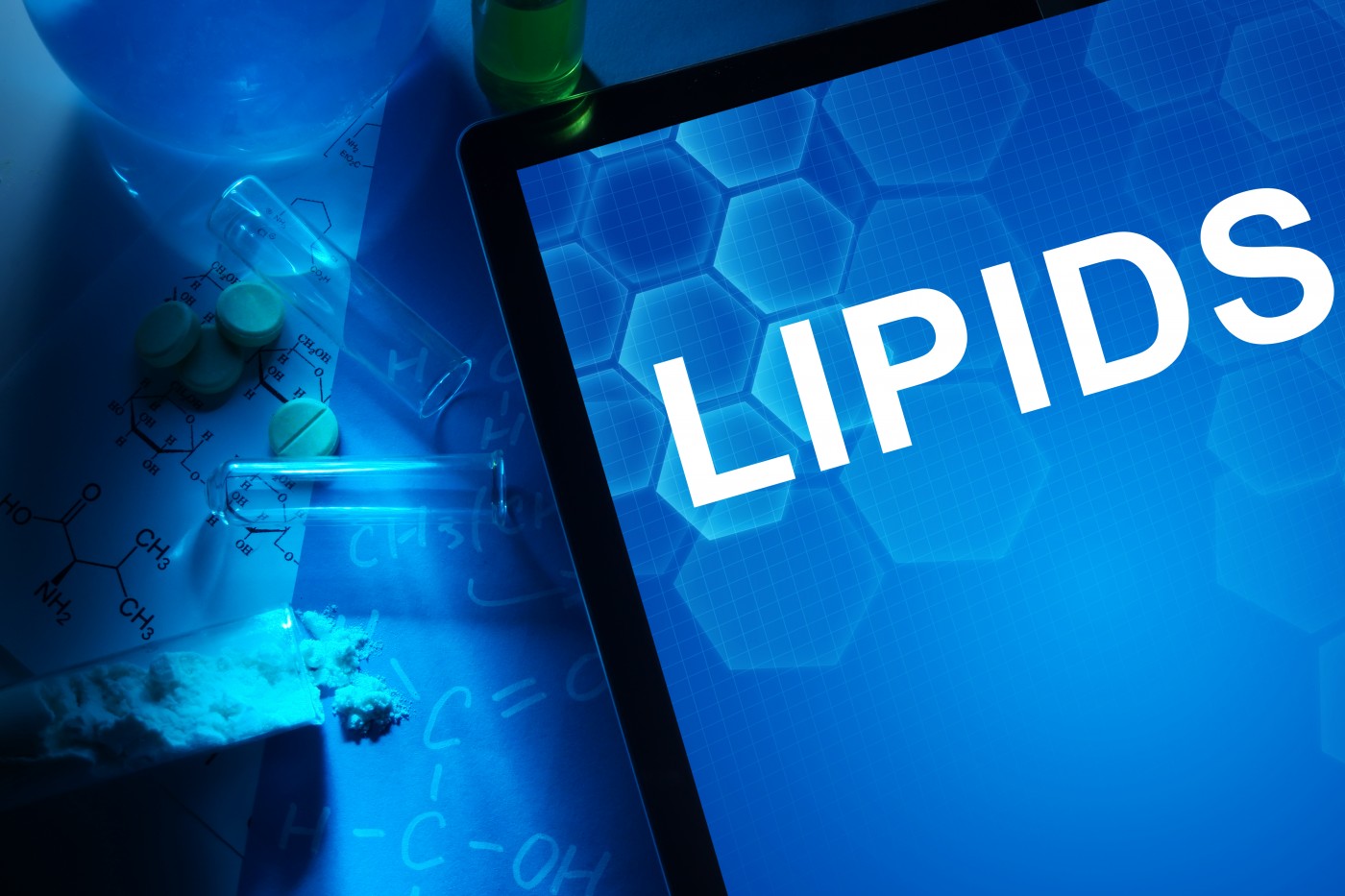New Lipid Metabolic Pathway Can Help Explain Cancer Drug Resistance

Researchers from Stony Brook University have described a biochemical mechanism that occurs in the liver and is responsible for the conversion of a lipid molecule called ceramide into another called acylceramide. This new molecular process was found to be implicated in cell death control and lipid metabolism, and can shed light on the molecular processes involved in cancer and obesity.
The study, “Ceramide Is Metabolized to Acylceramide and Stored in Lipid Droplets,” was published in Cell Metabolism.
Ceramide is an important lipid molecule that has been associated with key molecular processes such as cell growth and death and that seems to be involved in cancer development and resistance to chemotherapy drugs. But just how ceramide participates in these process has not been fully understood.
Researchers found that when three distinct proteins — CerS, ACSL, and DGAT2 — interacted, they could transform ceramide into acylceramide. This newly formed lipid would accumulate in structures called lipid droplets to be stored in the liver.
But when the team inhibited ACSL or DGAT2, they managed to block this process, reducing acylceramide accumulation and allowing ceramide to be used by the cell for the control of key cellular processes.
The authors also found that when this protein complex was formed and the pathway activated, colon cancer cells were resistant to several chemotherapy drugs, such as Adrucil (fluorouracil), Gemzar (gemcitabine), and Trexall (methotrexate). But inhibiting the complex restored the levels of ceramide available for induction of cell death, making cancer cells sensitive to chemotherapy agents.
“The storage of acylceramide in the lipid droplet appears to sequester [ceramide] away from its ability to be biologically active, thus making cells somewhat resistant to chemotherapy ceramide-induced cell death pathways,” said Lina M. Obeid, senior author of the research study, in a news release.
Experiments with animal models of fatty liver disease confirmed that a high-fat diet could induce the accumulation of lipid droplets and activate this new pathway.
Overall, these findings can help researchers understand the mechanisms behind cancer treatment resistance and obesity and the importance of lipid metabolism in the fate of cells.
“Further studies will define the functions of ceramide-acylceramide shunt in obesity, atherosclerosis, aging, and cancer,” the researchers wrote.







